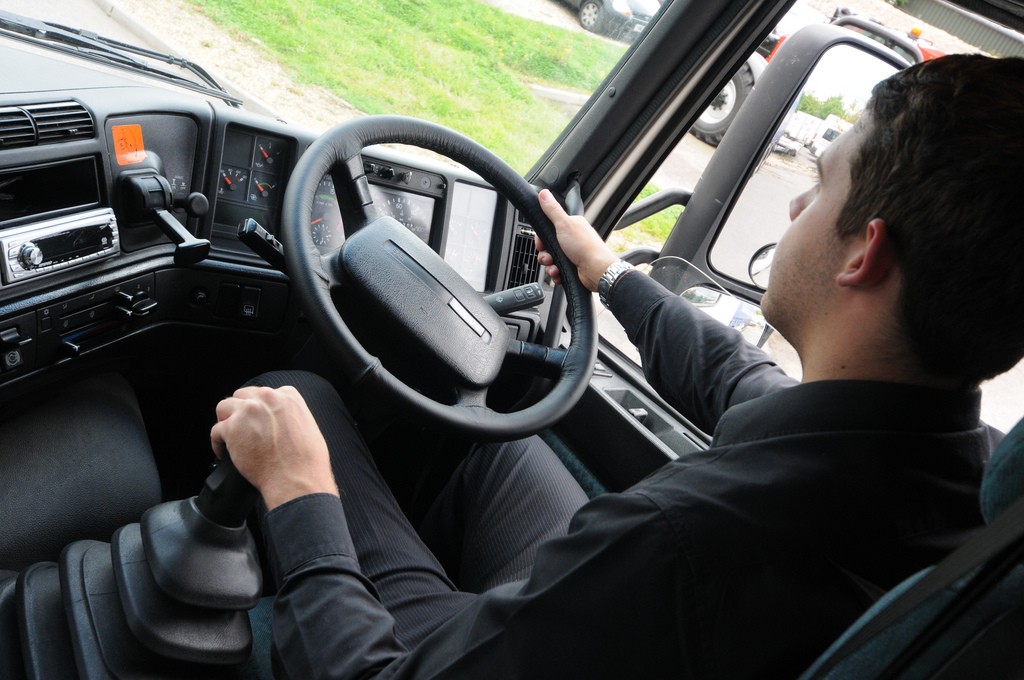Speed limits have been increased for heavy goods vehicles (HGVs) on single-carriageway and dual-carriageway roads, coming into effect from the 6th of April.
The limits increase from 40 to 50mph on single carriageways, and from 50 to 60mph on dual carriageways.
Mixed reactions from Motoring organisations
The news met with mixed reactions from organisations representing drivers, and those concerned with road safety.
Philippa Edmunds, Campaign for Better Transport, said: “The Government is justifying increasing the HGV speed limit on the basis that it is commonly broken, and ignoring its own figures which show the scale of danger that HGVs pose.
“The Government’s own latest statistics also show that HGVs are now six times more likely to be involved in fatal collisions than cars on minor roads. The vast majority of HGVs flout existing speed restrictions, yet the Government is rewarding the road haulage industry rather than tackling this and enforcing speed limits.”
“This is like burglary being legalised because burglary laws can’t be enforced. The interests of the industry are being put above people’s safety.”
Government figures show that eighty two percent of articulated heavy goods vehicles exceeded their 50 mph speed limit on dual carriageways and 73 per cent exceeded their 40 mph limit on single carriageways. Source: DfT Free flow vehicle speed statistics: 2013
The Association of British Drivers chairman Brian Gregory welcomed the changes, commenting, “We are particularly pleased that the outdated 40mph speed limit for HGVs on single-carriageway roads is going up. This will reduce the speed differential between heavy and light vehicles, particularly on major roads, with a consequent reduction in delays, frustration and the need to overtake. It is the spread of speeds, rather than average speed, that is linked to accident frequency.”
He continues, “This is a good time to remind drivers of ways in which they can show consideration to others. If you are in a queue behind a slow-moving vehicle and do not intend to overtake yourself, leave a sufficient gap for a driver overtaking from behind you to pull in if necessary. Also, if you are driving a slow-moving vehicle, you should take note of Rule 169 of the Highway Code, which states:
‘Do not hold up a long queue of traffic, especially if you are driving a large or slow-moving vehicle. Check your mirrors frequently, and if necessary, pull in where it is safe and let traffic pass.’ “

